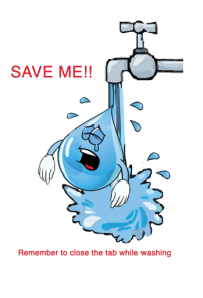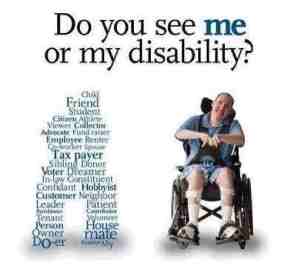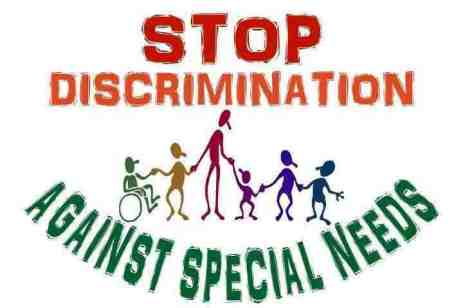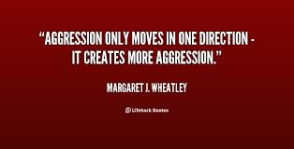My topic for the attitude change analysis paper is water conservation under the natural resources theme. I’m targeting children from the age of 4-7 because early childhood is a receptive period, so, as early as their social interaction with the environment is positive the greater possibility to have a long lasting positive attitude. As these early years are the ones in which an individual creates his/her values, norms, habits, attitudes and most importantly shaping the schemas.
I’m proposing an environmental educational program to be integrated in the schools’ curriculum. The program will have both practical and theoretical aspects. That is to say, children will have in class readings, videos, drawings, songs and writings that represent a theme for the month. Also,the program will also be based on experiential learning. As there will be some outdoor activities in a form of mini camps that simulates the experience of having a very limited water resource like being in a desert or having water cut. Students will work together to face the challenges and find ways to save the water they have.
This is my video . http://youtu.be/K5TyqChN6Lw It basically aims to trigger children’s emotions toward water. A moderate fear arousal that is convenient to their age. Understanding the social influence and the need to be in a group played a part in the video. As they fear rejection from their friends if there wasn’t water. Also, fear to lose one of the most important things to kids! Swimming pool. In the video, there’s guidance o how to save water.

Tap* there’s a typo in the picture.
This would be used as a sticker in the bathroom. It aims to trigger empathy as the children would see this drop suffering and it would help them visualize and imagine the consequences if they didn’t close the water tap. They will think of it as something alive.
This also will be a sticker. As the above it triggers empathy. But “be my super hero” would increase the intrinsic motivation in children because who doesn’t want to be a superhero?
This is a story that meant to trigger children’s emotions toward the importance of water. It elicits cognitive dissonance and it also gives a sense of interdependance between nature and humans. This is to encourage pro-environmental behavior by developing an eco-centric attitude. the moral of the story is to save water before it’s too late.
Another thing to mention is that there will be a tool that measures the amount of water saved by each child and they will keep records of their savings for each period.
Moreover, a game application would be designed of different levels that have missions to save water. There will be pop up messages that say facts about water in a fun way.













